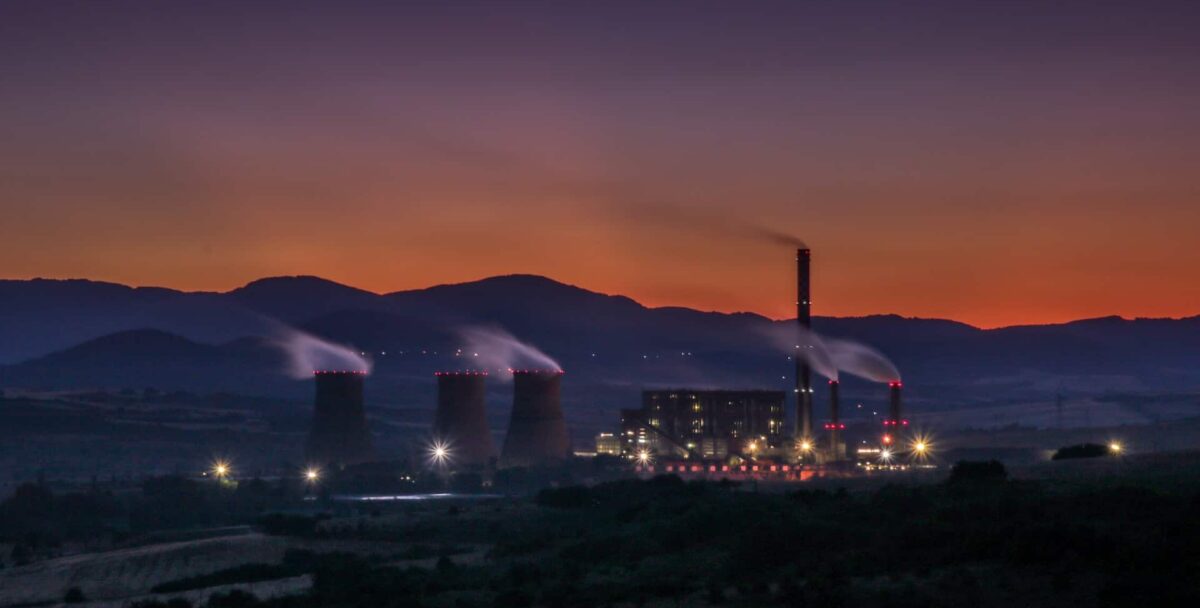Geothermal cooling isn’t something that many people even know exists. Typically, people picture geothermal heating when they think of anything related to geothermal activity. This is in line with geothermal power, relying on our very planet to provide energy, heating, and support to the people who depend on it. But, whether people realize it or not, geothermal cooling is widely prevalent and has some substantive benefits to the people who use it.
That’s why in this article, we’re going to be going over what precisely geothermal cooling is, how it works, and what goes into providing a house with adequate cooling mechanisms. So, without further adieu, let’s get right into it!
Related: Server Room Temperature: Guide To Important Ranges
What Exactly Is Geothermal Cooling?
Geothermal cooling is just as the name implies – air conditioning in a household provided by the earth’s temperature below. Using a series of specialized pumps, distribution systems, and heat exchanges, it moves the energy from the ground below into your house to cool it down.
The exciting thing about geothermal cooling systems is that you don’t need any additional bells and whistles to get your household cooled down if you have geothermal heating. Instead, these cooling systems rely on the existing heating systems and use all the same components that go with them to get your house down to a pleasant and sufficient temperature.
They’re also entirely out of visibility – they exist primarily underground. When they appear above ground, they’re in your basement, so you don’t have to worry about any of them appearing elsewhere in your house. Geothermal cooling systems are a perfect blend of all the benefits of geothermal heating without needing any extra mechanics or machines to bog down the quality of your household.
How Does Geothermal Cooling Work?
The mechanism behind how geothermal cooling works is simple, lacking any complexity to make it more complicated than it needs to be. In essence, geothermal cooling works as the reverse of geothermal heating. Rather than providing warmth to the air around it, geothermal cooling sucks the heat out of the air, distributing it to the ground below.
The experience of cool air running through a house is the same as before recirculating, but without the heat within. So, even though it seems – and of course, sounds – like it’d be very complex, as can be seen, it’s relatively simple!
How Does Geothermal Cooling Compare To Other Forms of AC?
As well as good as geothermal cooling may seem, and as enjoyable as it may be to describe, it isn’t beneficial unless we understand just how it compares in light to other forms of AC. Specifically, we will be comparing it to traditional forms of AC. Below, we cover how geothermal cooling stacks up compared to conventional forms of AC in a few different aspects, including efficiency, comfort, and maintenance.
The Convenience Of It
One of the problems with traditional HVAC and the typical ways you can see it function is that there are so many different parts, components, bits, and bobs that make heating and air conditioning units function. At certain times of the year, they get neglected and prioritized and focused on other times of the year. There’s no endless confusion and misunderstanding with geothermal cooling – it’s simple and to the point. You know what the parts do, it’s clear what role they play, and there isn’t a need for any chaos going beyond that. It’s all well and good.
The Energy Efficiency
In terms of energy efficiency, geothermal cooling undeniably has HVAC methods of cooling beat. With HVAC, you’ll find considerable electricity usage to keep the household running and things afloat. However, geothermal cooling is much more passive and needs far less electricity to achieve the same result. It’s often said that it uses a quarter to half as much electricity as HVAC – a massive drop in your electric bills at the end of the month, no doubt!
Trying to understand and learn about the latest technologies in power and cooling? Check out C&C Technology!
The Toil of Maintaining Your Cooling Systems
A big struggle for any homeowner is that you must maintain and keep track of all the elements that go into your home cooling systems. Mechanical decay often happens within five to ten years, and the methods generally fail around 12 years into usage. This is because of their exposure to the elements – the constant rain, change of seasons, and intense wind can all take a toll on the livelihood of these systems.
On the other hand, geothermal cooling systems are found entirely underground and so have to deal with far less elemental exposure. This allows their components to last 20 years or even 50 years, depending on what part is referred to! The headache is completely gone when you consider how geothermal cooling is safe from harm.
Related: Power Usage Effectiveness (PUE): A Complete Guide
The Cost of Your Cooling Systems
Comparing the cost of geothermal cooling systems to your traditional HVAC systems is something that has a bit of difficulty when doing it. Two different things should be kept in mind- upfront and operational costs.
The upfront costs of your cooling systems are what you have to pay to get them set up and installed. When you take this into account, HVAC systems are generally cheaper.
The operational costs are the costs going into running these systems over time. This is where geothermal cooling systems shine – they’re much cheaper than HVAC systems. This, over time, makes them much more affordable than HVAC systems, allowing them to be an excellent long-term investment.
Additionally, local, state, or federal governments often incentivize the use of geothermal cooling systems because they are renewable energy sources. This can make the cost even more offset!
Want to learn about the latest advancements in technology and how they’ve gotten to where they are? Check out C&C Technology!
How Quiet Are They?
Typical HVAC systems have a huge problem – they’re noisy and a burden for many who use them. This can cause them to be a massive toil for anyone looking for a calm environment. On the contrary, geothermal cooling systems are quiet and don’t have additional noise-related burdens. This makes them the much better choice in this regard.
Last Updated on January 20, 2023 by Josh Mahan




